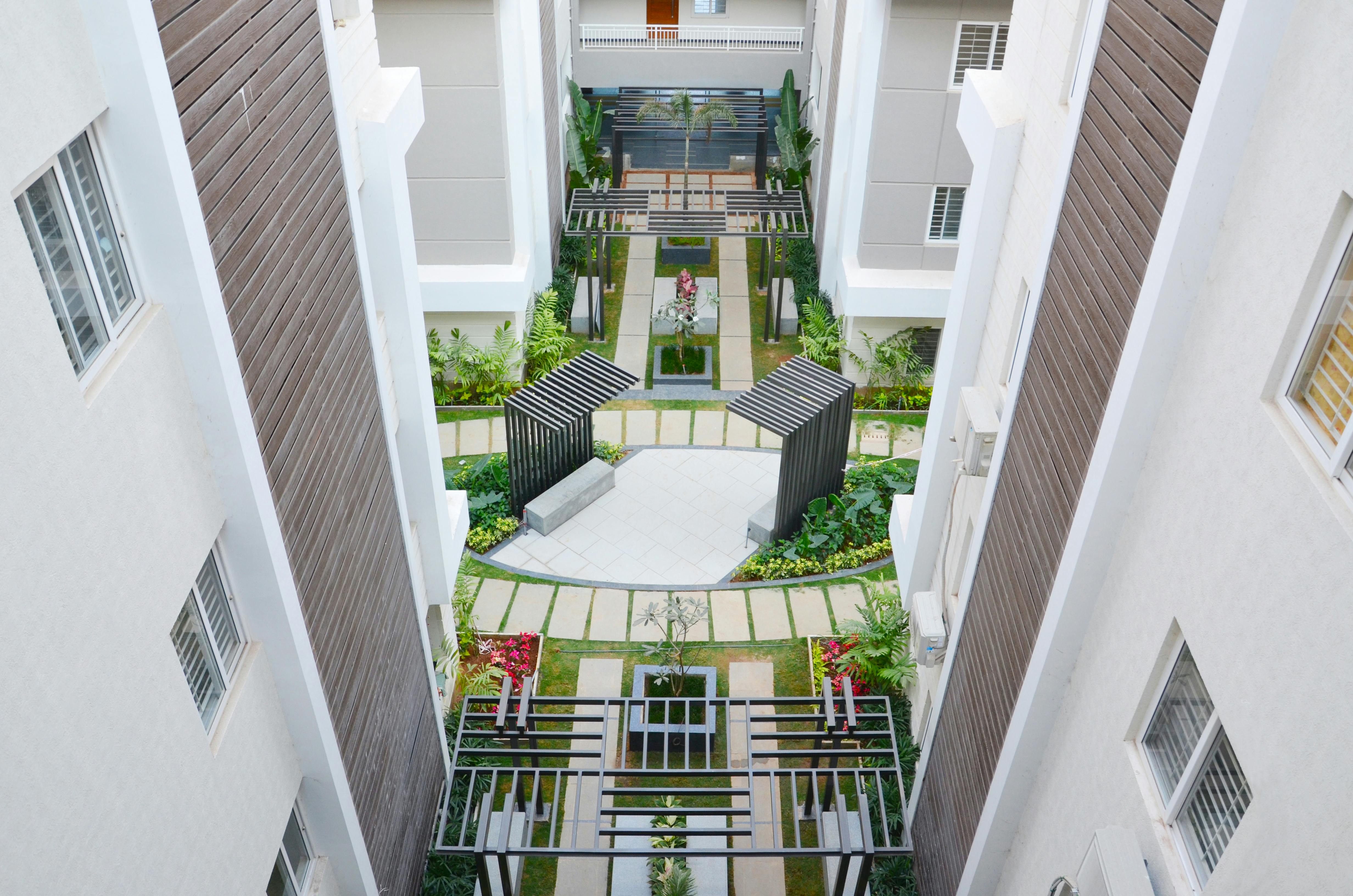
Get a second home loan to avoid mortgage insurance
If you buy a home with less than a 20% down payment or if you haven’t built up at least 20% equity before your mortgage refinance, you’ll typically have to pay for private mortgage insurance (PMI). This protects the lender in the event of default on the mortgage loan.
The US Public Interest Group in Washington and other consumer advocacy groups have been pushing Congress to enact legislation requiring lenders to automatically stop billing PMI once a borrower reaches 20% equity. . At this point, the consumer usually has to ask a lender to stop charging PMI, which is not easy to do. “I’ve heard of lenders who won’t cancel PMI anyway,” says Keith Gumbinger, vice president of HSH Associates, a provider of mortgage information in Butler, NJ. This is one of the main reasons a growing number of buyers are avoiding PMI altogether by taking out what’s known as an “overlay mortgage.” “A piggyback mortgage is a second mortgage that closes simultaneously with the first,” explains Chris Larson, CEO of E-Loan, an online provider of consumer loans based in Dublin, California.
A piggyback mortgage is also known as an 80-10-10 loan because it involves a first mortgage for 80% of the purchase that is usually offered at a lower rate, a second fiduciary loan (second mortgage) for 10% at a lower rate. slightly higher and the remaining 10% as a down payment. But there are also variations available, such as 75%-15%-10%.
“This can significantly lower a borrower’s monthly payments,” says Mark Smith, president of the Mortgage Bankers Association of America in Washington and CEO of Crestar Mortgage Corp., a unit of Crestar Financial Corp., Richmond, Virginia. “And second mortgage interest is tax deductible; PMI payments are not.” For areas where housing is more expensive, buyers find that overlay mortgages can help them keep their primary mortgages below the limits set annually by Fannie Mae and Freddie Mac, the agencies that dominate the secondary mortgage market. Currently, 30-year fixed-rate home mortgages over $417,000 are considered “jumbo” (non-conforming) mortgages, which carry higher interest rates.
Piggyback mortgages are also flexible. You can take it as a Home Equity Installment Loan (HEIL) where you get a lump sum all at once or as a Home Equity Line of Credit (HELOC) where you can pay off the line of credit and withdraw it and use the funds for other purposes without having to apply for another loan. And, of course, you can refinance both loans when your home value rises and potentially pay a lower interest rate, making your savings even bigger.